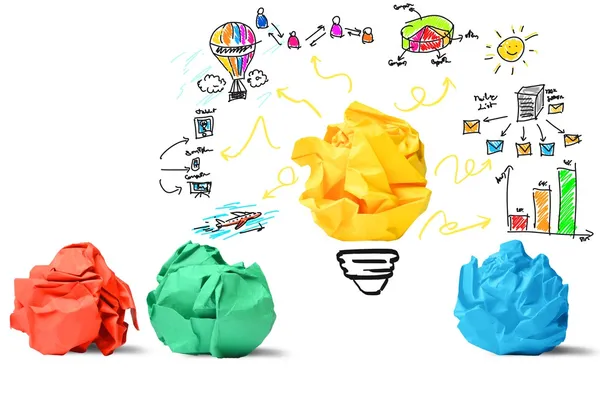Fostering creativity in the workplace is no longer a luxury but a necessity in today’s fast-paced and ever-evolving business landscape. Innovation drives growth, propels competitive advantage, and ensures long-term success. Here’s how organizations can unlock innovation and foster creativity among their teams.
The Importance of Creativity in the Workplace
Creativity is the cornerstone of innovation. It enables organizations to develop unique solutions to complex problems, adapt to changing market demands, enhance product and service offerings, and improve operational efficiency. A 2023 study by McKinsey & Company highlighted that companies investing in creativity see a 67% higher revenue growth than those that don’t.
Building a culture that nurtures creativity involves several key components:
1. Encourage Diverse Thinking
- Hire individuals from different backgrounds.
- Promote inclusive brainstorming sessions.
- Foster a culture of respect and openness.
2. Provide the Right Environment
- Flexible workspaces for collaboration and quiet reflection.
- Access to creative tools and resources.
- Aesthetic office design that inspires.
3. Foster a Safe Space for Ideas
- Encourage open communication.
- Reward innovative ideas, regardless of their success.
- Provide constructive feedback.
Tools and Techniques to Foster Creativity

Brainstorming sessions are a fundamental tool for fostering creativity in the workplace. These sessions should be inclusive of all team members, providing a platform where everyone feels comfortable sharing their ideas. It’s essential to create an environment free from judgment, where the initial focus is on generating as many ideas as possible rather than immediately evaluating their quality.
Mind mapping is another effective technique that helps visualize ideas and their connections. This tool is particularly useful for problem-solving, project planning, and concept development. By organizing thoughts visually, mind mapping allows teams to see relationships between different ideas, which can spur further creativity and uncover new avenues for exploration.
Design thinking is a user-centric approach to problem-solving that has gained significant traction in recent years. This methodology encourages empathy with users, ensuring that the solutions developed are tailored to meet their needs and preferences. Design thinking involves iterative testing and prototyping, which allows teams to refine their ideas through continuous feedback and adjustments.
Leveraging Technology for Creativity
Technology can significantly enhance creativity in the workplace. Here are some key tools:
1. Digital Collaboration Tools
Tools like Slack, Microsoft Teams, and Trello enhance collaboration and streamline communication.
2. Artificial Intelligence
AI can assist in various creative processes, from generating design ideas to analyzing market trends.
3. Virtual Reality (VR)
VR creates immersive environments for brainstorming, prototyping, and training.
Measuring Creativity and Innovation
Measuring the impact of creative initiatives is essential to ensure they deliver value and drive organizational growth.
One of the key metrics to consider is the number of new ideas generated. This metric provides a quantitative measure of the creative output within the organization, indicating how actively employees are contributing innovative thoughts and concepts. It is not enough to generate ideas; they must also be put into practice. This metric can highlight potential bottlenecks or areas where additional support may be needed to turn ideas into actionable projects.
Revenue growth from new products and services is a critical metric that directly links creativity and innovation to financial performance. By analysing the revenue generated from recent innovations, organizations can gauge the commercial success of their creative efforts. This metric provides a clear indication of how well the market is responding to new offerings and can guide future investment in innovation.
Creativity and Innovation Statistics

67%: Revenue growth in companies that prioritize creativity (McKinsey & Company, 2023).
30%: Increase in employee satisfaction in creative workplaces (Gallup, 2023).
45%: More likely to be market leaders with a focus on innovation (Boston Consulting Group, 2023).
Case Study: Google
Google is renowned for its innovative culture.

Key strategies include:
- 20% Time: Employees can spend 20% of their time on projects they’re passionate about.
- Collaborative Spaces: Open office designs that encourage collaboration.
- Diversity and Inclusion: Hiring diverse talent to bring various perspectives.
- Image credit – Walker, A. (2017)
Fostering creativity in the workplace is vital for unlocking innovation. By creating a supportive environment, leveraging modern tools, and encouraging diverse thinking, organizations can drive growth and stay ahead in a competitive market. Investing in creativity is not just beneficial—it’s essential for long-term success.
References
- Boston Consulting Group. (2023) ‘The advantages of leading through innovation in uncertain times’, Boston Consulting Group, 12 January. Available at: https://www.bcg.com/publications/2023/advantages-through-innovation-in-uncertain-times (Accessed: 7 June 2024).
- Gallup. (2023) ‘Creating thriving workplaces event details’, Gallup, 15 May. Available at: https://www.gallup.com/learning/event/4231461/EventDetails.aspx (Accessed: 7 June 2024).
- Harvard Business School Online. (2023) ‘The importance of creativity in business’, Harvard Business School Online, 23 January. Available at: https://online.hbs.edu/blog/post/importance-of-creativity-in-business (Accessed: 7 June 2024).
- McKinsey & Company. (2023) ‘The state of organizations 2023’, McKinsey & Company, 28 April. Available at: https://www.mckinsey.com/capabilities/people-and-organizational-performance/our-insights/the-state-of-organizations-2023 (Accessed: 7 June 2024).
- Walker, A. (2017) ‘Inside Google’s amazing offices’, Architectural Digest, 1 March. Available at: https://www.architecturaldigest.com/story/inside-google-offices (Accessed: 7 June 2024).

